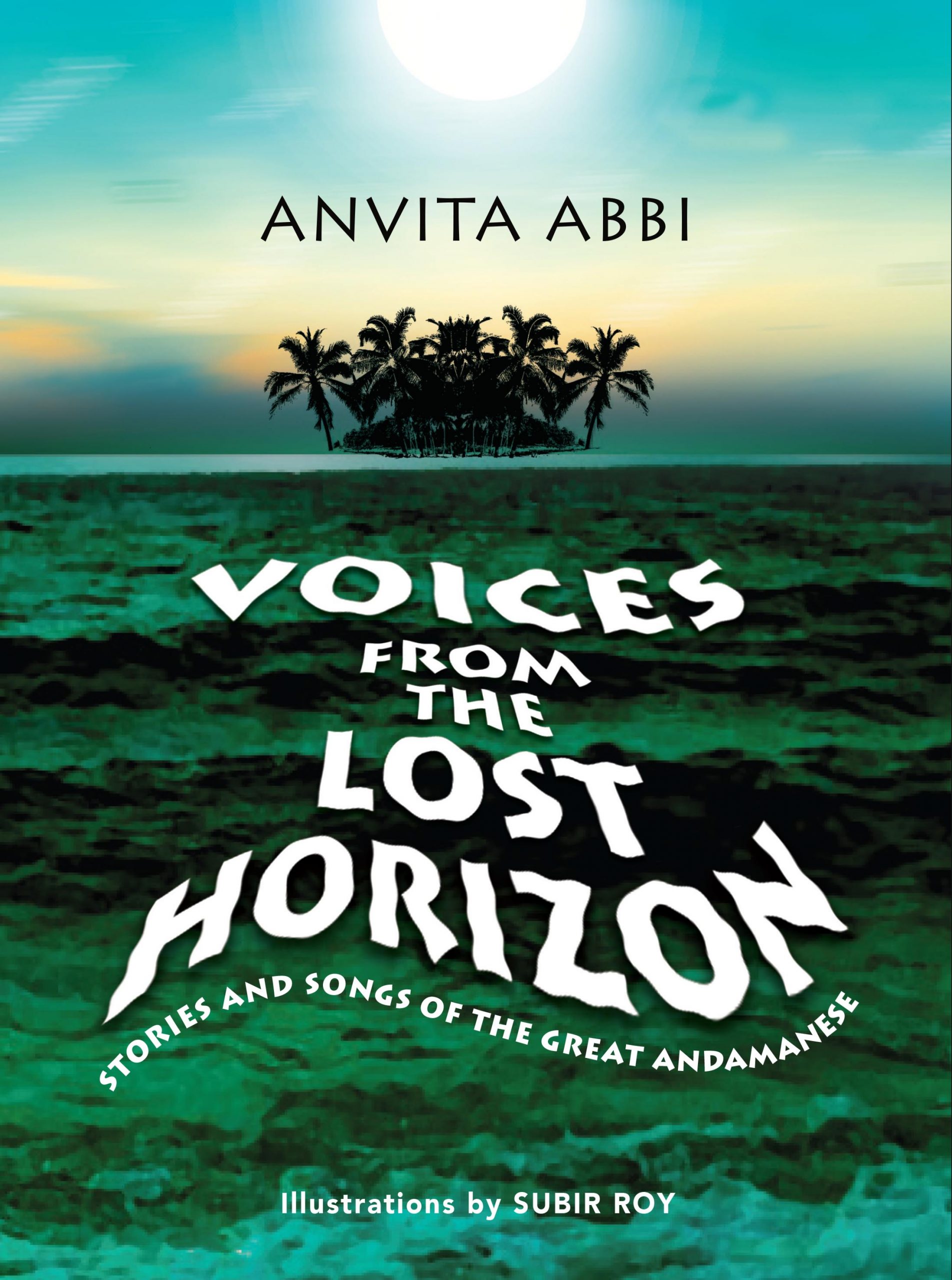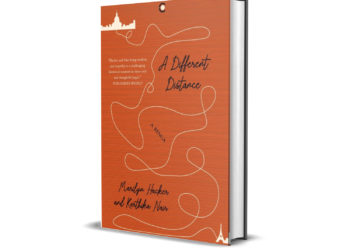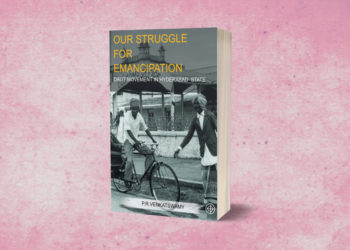The Andaman Islands—Great Andaman, Little Andaman, and North Sentinel Islands have been home for milleniums to four tribes: the Great Andamanese, Onge, Jarawa, and Sentinelese. ‘Great Andamanese’ is a generic term representing ten languages among a family of languages that were once spoken by ten different tribes living in the north, south, and middle of the Great Andaman Islands.
Anvita Abbi’s Voices from the Lost Horizon is a collection of a number of folk tales and songs of the Great Andamanese. These stories and songs represent the first-ever collection rendered to Abbi and her team by the Great Andamanese people in local settings.
The following is an excerpt from the book.

The Great Narrative of Phertajido
In ancient times, there lived a man named Phertajido14. He was the first man of the Andaman Islands. He originated from the hollow of a bamboo. He roamed here and there, searched for food, and lived alone. He spent his time making bows and arrows.
One day, he shot the arrows here and there in all directions. The next day, he went to search for the shot arrows. As he looked for them, he found a spring and drank water from it, and thus, discovered drinking water.
He went to look for more of the arrows and found one hidden in the roots of a potato plant. He thus found the potato and took some with him.
He looked for more of the shot arrows. This time, he found the third arrow in a heap of incense (dhoop). He took a bit of the dhoop with him.
He went to look for more of the shot arrows. He found a very fine soil of kaut. He took some of this also with him. He made pots out of the soil. He dried them to harden. When the pots dried and became hard, he put the potatoes in the pot. He lit the fire with the help of the dhoop that he had collected. He then put water in the pot and boiled the potatoes. He ate those potatoes and thus enjoyed the meal of boiled potatoes.
While eating potatoes, an idea came to him—to carve a sculpture from the remaining fine soil of kaut.
He wasted no time and, in a few days, made a human look-alike dummy out of the kaut soil.
He put this dummy on a raised platform and burnt some fire under it, to dry it well. Thereafter, he resumed his bow-making.
He would look at the dummy on the platform again and again, while he continued making his bows and arrows. He ensured that the dummy was lying on the platform and did not fall down. He would occasionally get up and go to the platform to put some more wood into the fire, and then, would come back to his bow-shaving job. After a while, as he looked back again, he was taken by surprise. The platform shook as the female figure of kaut turned over her side. Phertajido was overwhelmed. He was immensely satisfied with his work. He stood up again to kindle the fire and complete the job of drying the figure.
When he got tired of making bows, he went into the jungle to hunt, leaving the kaut figurine on the platform, for it to be dried completely. He found a game and proceeded home with it.
As he approached home, he glanced from a distance at the platform. It was empty. He was shocked. He felt dejected and lost.
He put down the game and sighed, ‘Where did Kaut disappear?’ With a heavy heart, he sat down on the ground. He did not know what to do next. He was oblivious of the fact that the lady, Kaut, was inside the house.
Kaut saw Phertajido from inside the house and started laughing. She laughed and laughed until she got tired of it. Surprised, Phertajido looked back. He saw Kaut sitting inside the house laughing merrily.
Phertajido ran to her. He embraced Kaut and burst into tears, out of the sheer joy of discovering her. After that, both of them started living together as husband and wife. They had many children. Their children married among themselves and, thus, their clan increased by leaps and bounds.
Phertajido once asked his wife, Kaut, to make ropes.
He went to bring a creeper, pharako, found in the jungle, which is good for making rope, and came back with it.
He asked his wife to peel the creeper and prepare a rope for it.
His wife followed his advice and made a very long rope. It was so long that it coiled into a heap.
Phertajido tied a stone at the head of the rope. He swirled and swirled the rope several times and finally threw it up in the sky. He pulled back the rope and found that it was entangled somewhere and would not come down. He twisted the rope to make it harder. The rope tightened and stiffened. He tugged at it, but the rope would not move. He knew that the rope was stuck somewhere.
He went to call Kaut. He said to her, ‘I will go up, above the clouds to see the place above us. I will find out how it looks like. I will go there tomorrow.’
The next day, he climbed up above the clouds with the help of the pharako rope.
He saw the place and was surprised to find many people like himself.
He came back to the earth and told his wife about this. He told her that the place above them was nice and there were many people, like the people of Andaman. He suggested to her that both of them should go there.
Kaut did not like his suggestion. She said, ‘How can we leave our children’s place?’
Phertajido said, ‘We will convince our children and then we will go.’
He gathered his children in one place and said, ‘My dear children, please keep silent for a while. Your father and your mother are speaking to you. We will no longer stay here on this earth. We will go up above the clouds. You should live your life well here. Our time here is done. Now it is time for us to go.’
Thus saying, they went up above the clouds by climbing the rope. Once they reached the top, they cut it off from above.
***
Note: This creation myth was the very first story that Nao Jr narrated to me in broken sentences, but somehow, he completed its first version on the night of 21 January 2006. Nao was so fascinated by this particular narrative, that he never tired of telling it, as he thought this was one of the greatest love stories that he had ever heard in his life. He told me that creating one’s partner according to one’s own wishes was the best part of the story. He had tears in his eyes, when he narrated this tale. The story was collected in many sessions by me and Narayan Chaudhary. In many respects, it is a complete story, as it mentions the five basic elements of life, that is, fire, water, earth, space, and air. The climax of the story is very philosophical. After spending a very fruitful and satisfying life, the protagonist decides to leave this world for another, without any possibility of coming back.




